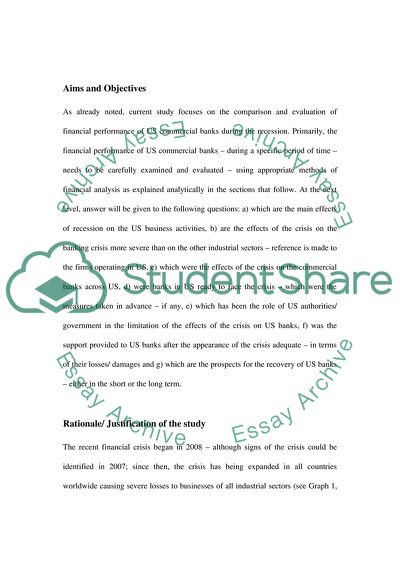Cite this document
(“Comparing and evaluating the financial performance of US commercial Essay”, n.d.)
Comparing and evaluating the financial performance of US commercial Essay. Retrieved from https://studentshare.org/finance-accounting/1563501-comparing-and-evaluating-the-financial-performance-of-us-commercial-banks-during-the-recession
Comparing and evaluating the financial performance of US commercial Essay. Retrieved from https://studentshare.org/finance-accounting/1563501-comparing-and-evaluating-the-financial-performance-of-us-commercial-banks-during-the-recession
(Comparing and Evaluating the Financial Performance of US Commercial Essay)
Comparing and Evaluating the Financial Performance of US Commercial Essay. https://studentshare.org/finance-accounting/1563501-comparing-and-evaluating-the-financial-performance-of-us-commercial-banks-during-the-recession.
Comparing and Evaluating the Financial Performance of US Commercial Essay. https://studentshare.org/finance-accounting/1563501-comparing-and-evaluating-the-financial-performance-of-us-commercial-banks-during-the-recession.
“Comparing and Evaluating the Financial Performance of US Commercial Essay”, n.d. https://studentshare.org/finance-accounting/1563501-comparing-and-evaluating-the-financial-performance-of-us-commercial-banks-during-the-recession.


